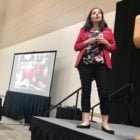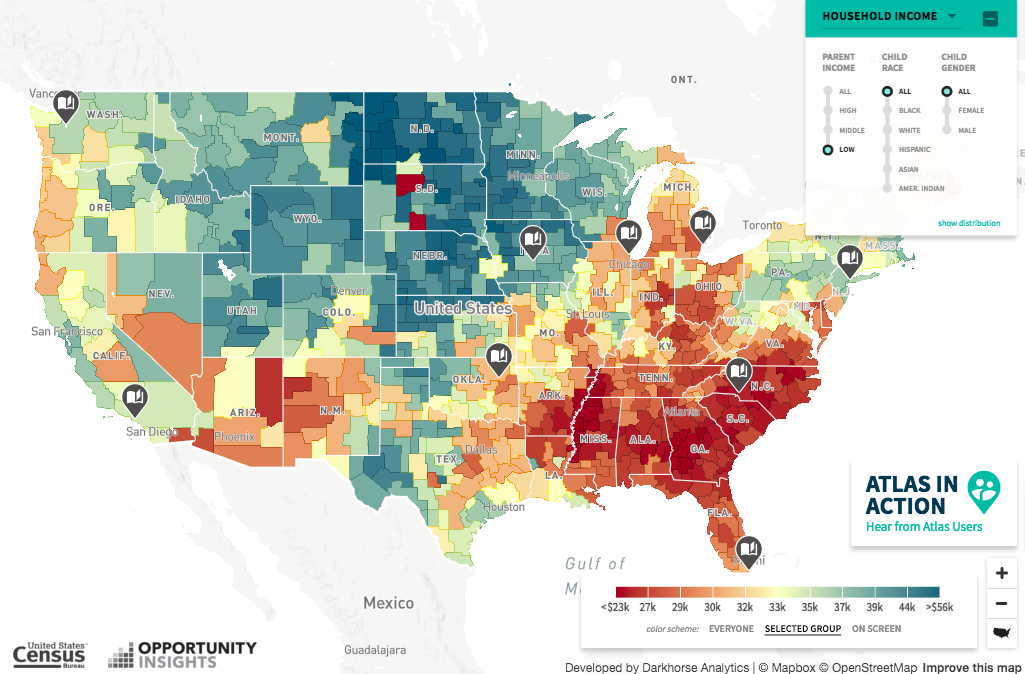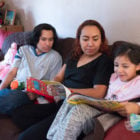2019 legislative session
Conditions for New Mexico’s children are ripe for change
|
The challenge is clearer than ever: A judge has ruled that New Mexico – once again ranked last for child well-being – fails to provide its children with a sufficient education, and must do better. Fortunately, after years of austerity, lawmakers expect to have more than a billion new dollars to allocate this year, along with a new governor who brings a fresh mandate and agenda. A policy window is opening, and substantial change is possible. During this special moment, lawmakers should prioritize early childhood. The science is clear – the first years of life set the brain’s foundation for future success in profound ways, and reliable access to care and education supports family economic and educational attainment.









